
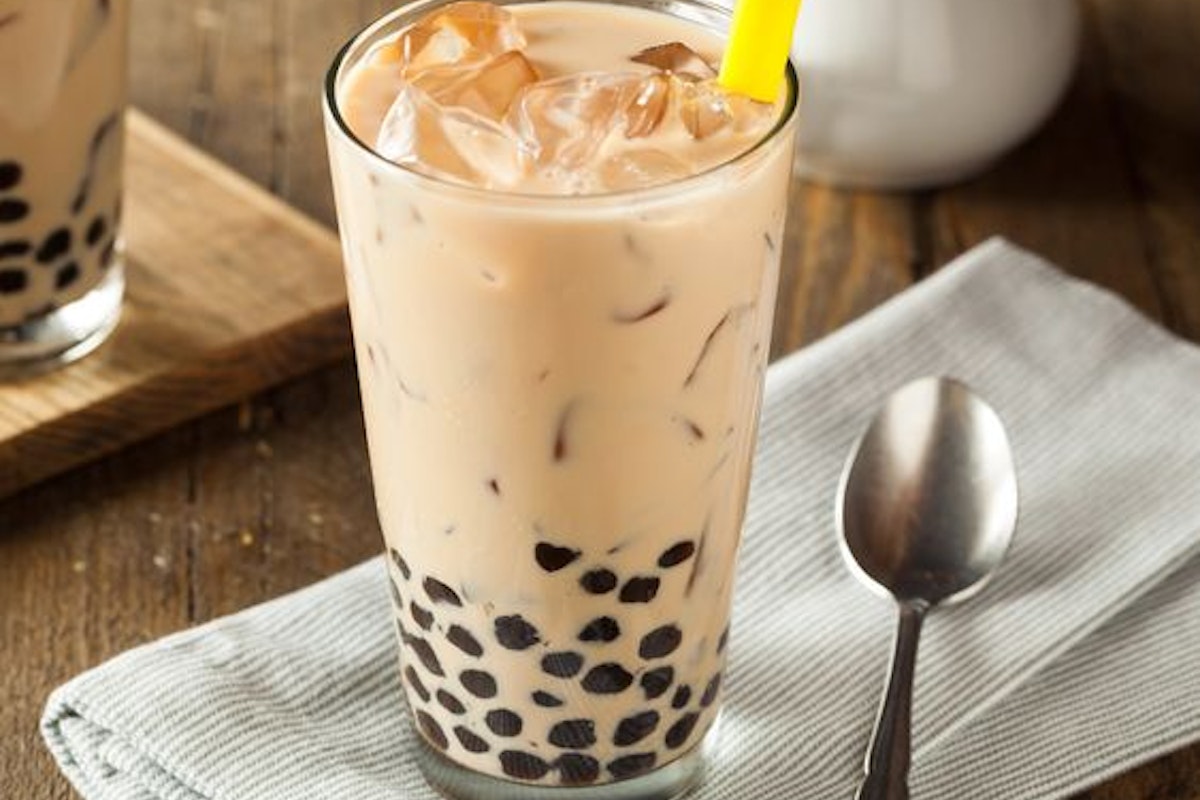
Okinawa, a picturesque archipelago in the East China Sea, is not only renowned for its stunning beaches and rich history but also for a unique culinary landscape that draws enthusiasts from around the globe. Among its diverse gastronomic offerings, Okinawa milk tea stands out as a beverage that encapsulates the essence of the island’s flavors.
Originating from this subtropical paradise, Okinawa milk tea, distinguished by its use of kokuto (a locally produced brown sugar), offers a richer, more complex taste than its counterparts. This guide will take you on a journey through the key ingredients that make Okinawa Milk Tea a standout drink, explore its health benefits, and share how you can enjoy its various delicious variations.
Okinawa Milk Tea, often celebrated for its rich, creamy taste, is a popular beverage that originates from Okinawa. Distinct from other Japanese teas due to its unique combination of local ingredients, it offers a sweet and comforting flavor that makes it a favorite among both residents and tourists. This tea is especially known for its use of kokuto, a special type of brown sugar made in Okinawa, which sets it apart from the typical milk teas found elsewhere.
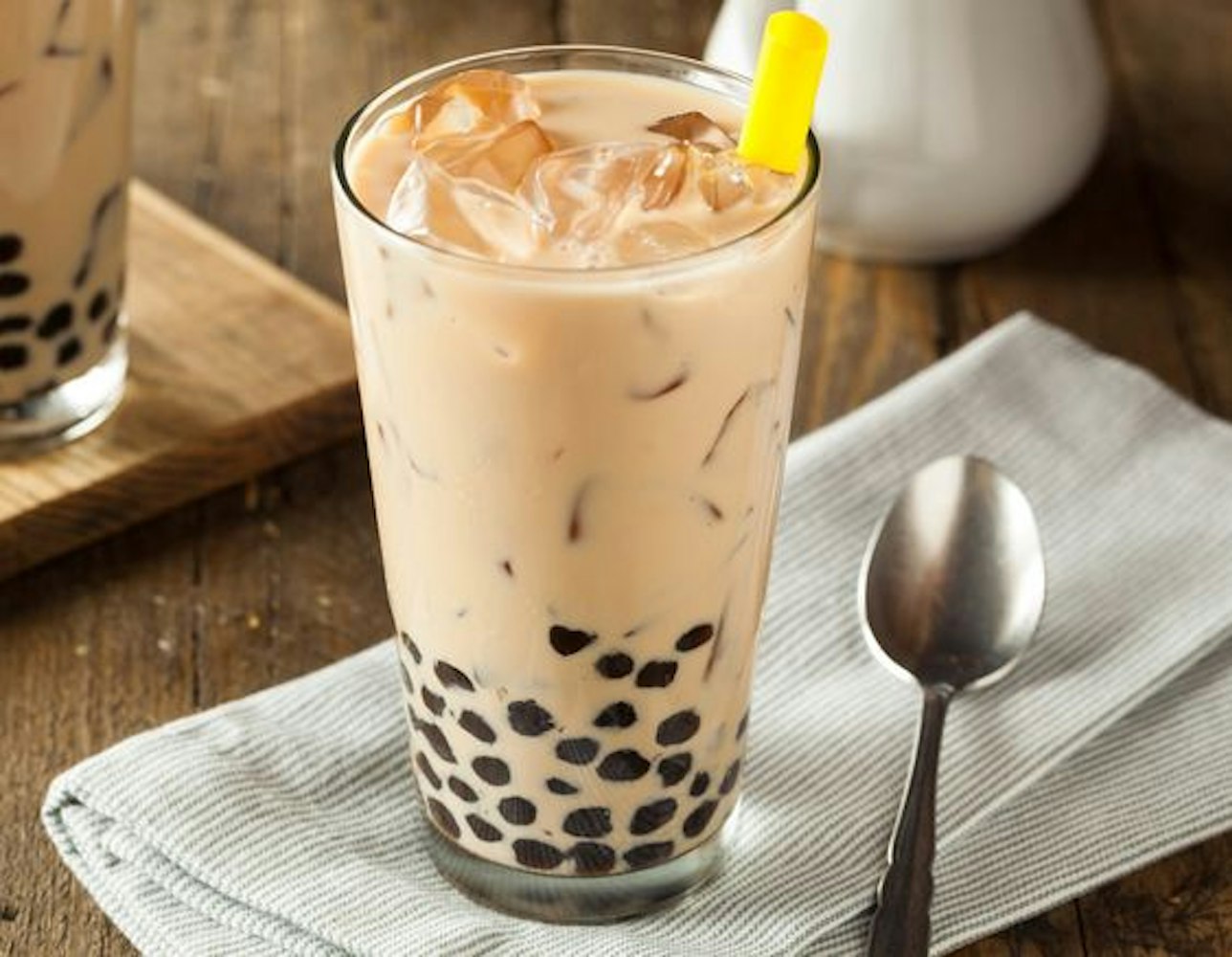
The base of Okinawa Milk Tea is a robust black tea, which is locally grown in the Okinawa region. This tea is known for its strong flavor, which holds up well against the sweetness of the other ingredients, providing a perfect balance to the beverage.
Kokuto is produced by slowly cooking sugarcane juice, a method that preserves a wealth of minerals not found in regular brown sugar. It has a deep, almost smoky flavor with hints of caramel, which enriches the tea, giving it a distinct sweetness and rich molasses undertone that is uniquely Okinawan.
Milk: Typically, whole milk is used in Okinawa Milk Tea to enhance its creamy texture, but variations might include condensed milk for extra richness.
Tapioca Pearls (optional): Often added to create what is popularly known as bubble tea, these chewy tapioca pearls add a fun texture to the drink.
Ice (for iced versions): Adding ice transforms the tea into a refreshing beverage perfect for warm days.
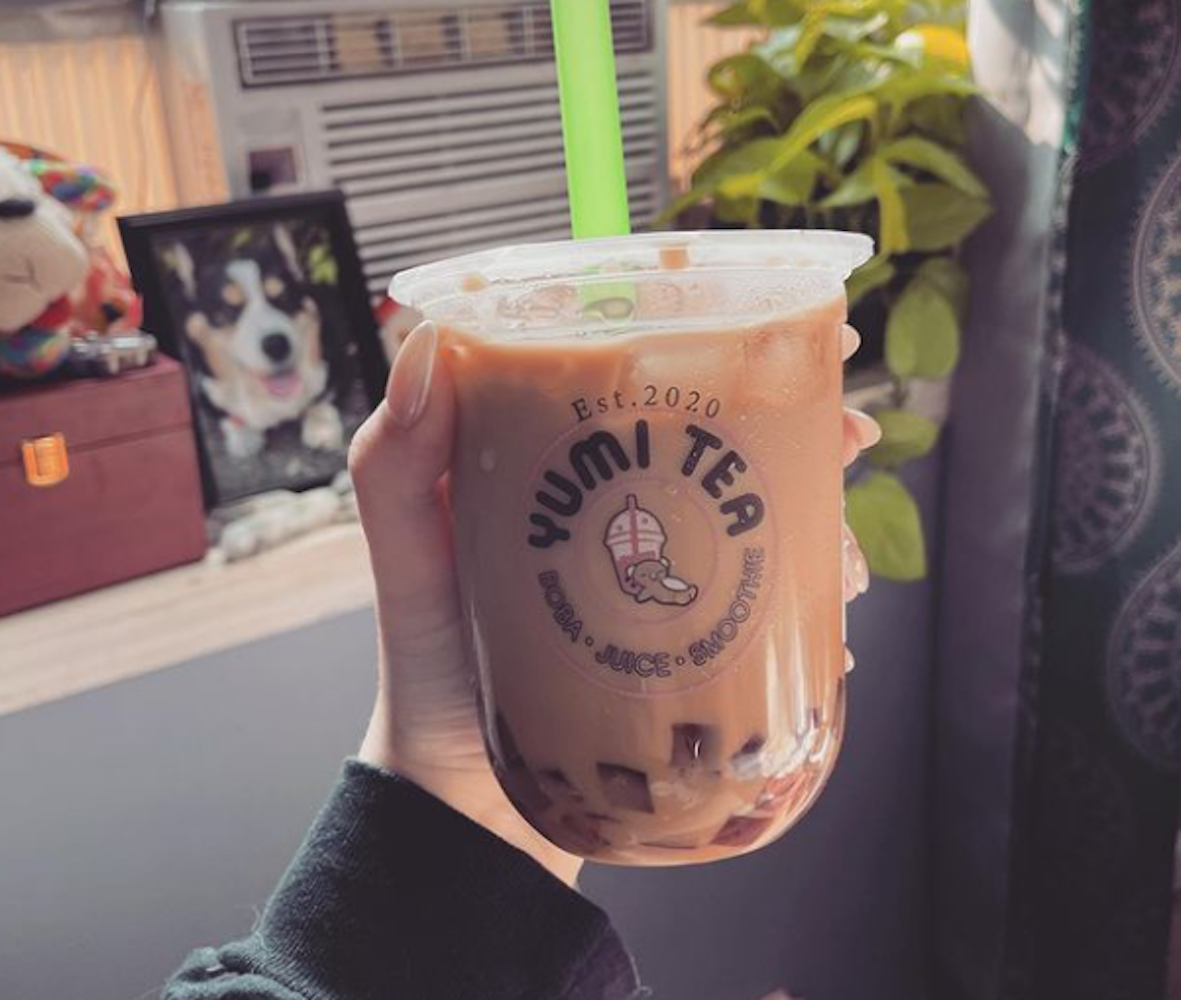
Okinawa Milk Tea isn't just delicious; it also offers several health benefits, thanks to its key ingredients. The main component, kokuto, contains a higher mineral content than regular processed sugar, including calcium, potassium, and iron, which are beneficial for bone health and blood circulation.
The black tea in the beverage is rich in antioxidants that can help reduce inflammation and protect against heart disease and diabetes. When consumed in moderation, this tea can be a delightful addition to a healthy diet.
2 cups water
2-3 tablespoons Okinawa black tea (or any strong black tea)
2-3 tablespoons kokuto (Okinawan brown sugar)
1 cup whole milk or condensed milk for creamier texture
Boil water and steep the black tea for 3-5 minutes until it is strong and aromatic.
While the tea is hot, stir in kokuto until fully dissolved.
Add milk and heat the mixture until it's warm. Be careful not to boil it to avoid scalding the milk.
Serve warm for a cozy beverage, or chill in the refrigerator to prepare for an iced version.
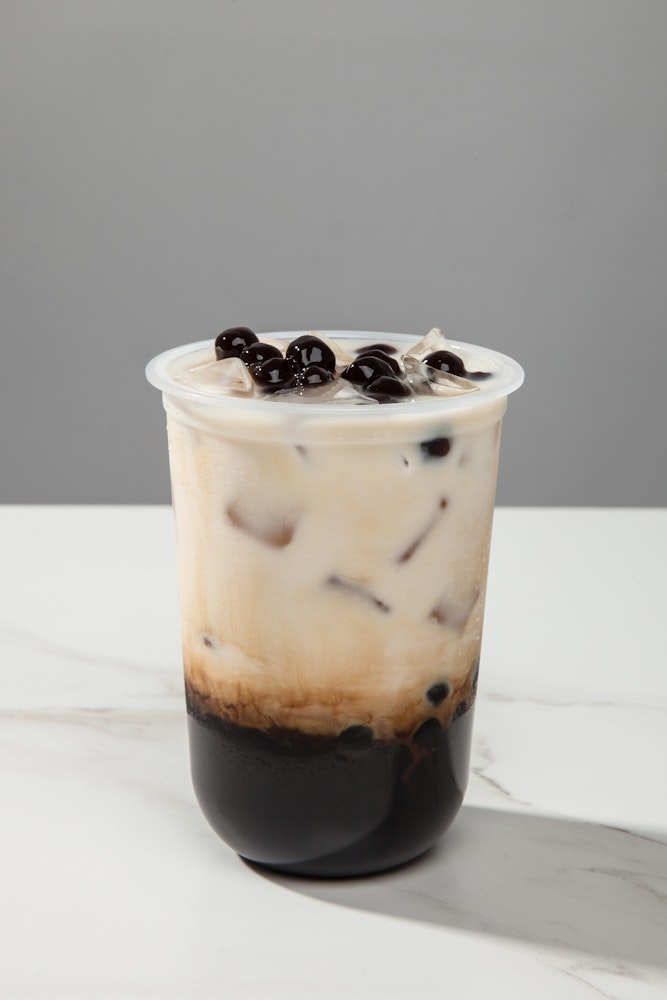
Adding boba, or tapioca pearls, to Okinawa Milk Tea turns it into a fun and trendy drink. Prepare the tapioca pearls according to the package instructions, add them to the bottom of a glass, and pour the prepared milk tea over them. The chewy texture of the boba complements the creamy sweetness of the tea.
To make an iced version, simply chill the prepared Okinawa Milk Tea and serve over ice. This is perfect for refreshing yourself on a hot day, maintaining the rich flavors while providing a cool escape from the heat.
For those who like to experiment, Okinawa Milk Tea can be a versatile base for various flavor additions. Consider blending in matcha for a green tea flavor or mixing in a shot of espresso for a caffeinated kick. Some even add fruit syrups like mango or strawberry for a fruity twist, transforming the traditional tea into a modern delight.
Okinawa Milk Tea can be found in various cafes and tea shops throughout Okinawa, each offering its unique twist on this traditional drink. Whether you're wandering through the bustling streets of Naha or exploring quieter parts of the island, you're never too far from a great cup of this local specialty.
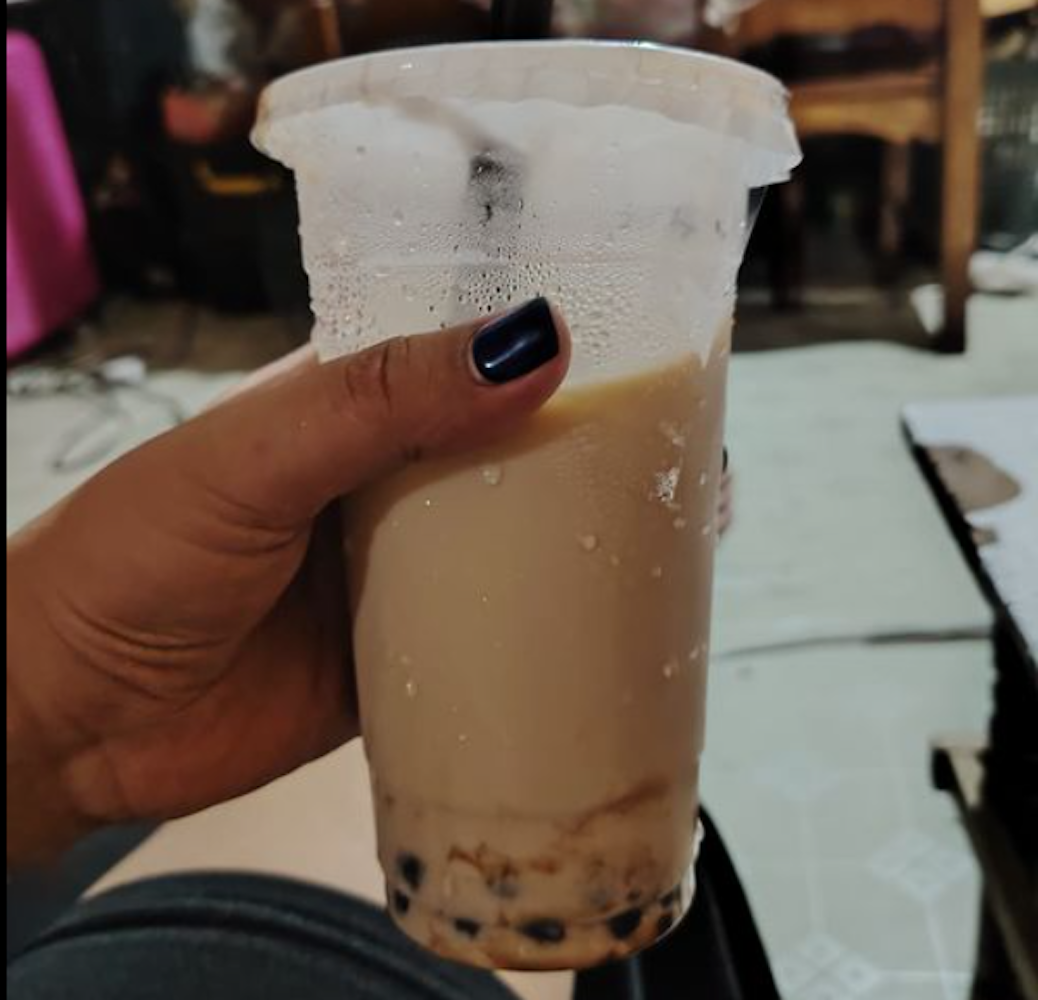
Popular Tea Shops in Okinawa:
Milk Tea Miburi: Located in the heart of Naha, this cozy café specializes in Okinawa Milk Tea, offering both classic and modern versions, with options to customize your drink with different levels of sweetness and toppings like boba and jelly.
Tea House Okinawa: A favorite among locals, this shop prides itself on using high-quality, locally sourced ingredients to create a truly authentic experience.
Okinawa Tea Room: Known for its traditional ambiance, this tea room not only serves excellent milk tea but also offers a glimpse into the rich culture of the island through its decor and accompanying snacks.
While Okinawa Milk Tea is celebrated for its unique use of kokuto, Hokkaido Milk Tea, from Japan's northernmost prefecture, is famous for its use of rich, local dairy milk, giving it a creamier and smoother texture.
The primary distinction lies in their key ingredients: Okinawa Milk Tea emphasizes the deep, molasses-like sweetness of kokuto, whereas Hokkaido Milk Tea showcases the luxurious creaminess of Hokkaido milk. Both offer a delightful taste experience, but they reflect their regional specialties and culinary heritage.
To conclude, the enchanting allure of Okinawa Milk Tea goes beyond its creamy texture and sweet, nuanced flavour. This beloved drink acts as a culinary ambassador for Okinawa, inviting those who taste it to explore the island's rich history and vibrant culture through each sip.
Its signature ingredient, the locally produced brown sugar, imparts a distinctive taste that captures the essence of Okinawa’s natural bounty. Whether enjoyed as a cooling refreshment on a warm day or a comforting treat in cooler times, Okinawa Milk Tea is more than just a beverage—it's a celebration of Okinawan heritage.

Explore Okinawa your way with a private tour made just for you.



